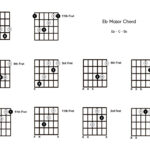The G Major Guitar Chord is a cornerstone for anyone starting their guitar journey. Known for its bright and uplifting sound, it’s often one of the first chords beginners learn, and for good reason – it’s relatively easy to grasp with just three fingers. Once you’ve mastered the G major chord, a whole world of songs and musical possibilities opens up.
To help you on your way, this guide will break down the G major guitar chord step-by-step. With clear instructions and helpful tips, you’ll be strumming this essential chord in no time.
Step-by-Step to Playing the G Major Guitar Chord
Let’s get your fingers in position. Follow these simple steps to form the G major chord:
Step One: Finger Placement on the 5th String
Begin by placing your index finger on the 2nd fret of the 5th string.
Remember, guitar strings are numbered from thinnest to thickest, with the 1st string being the thinnest at the bottom and the 6th string being the thickest at the top when you hold the guitar in playing position.
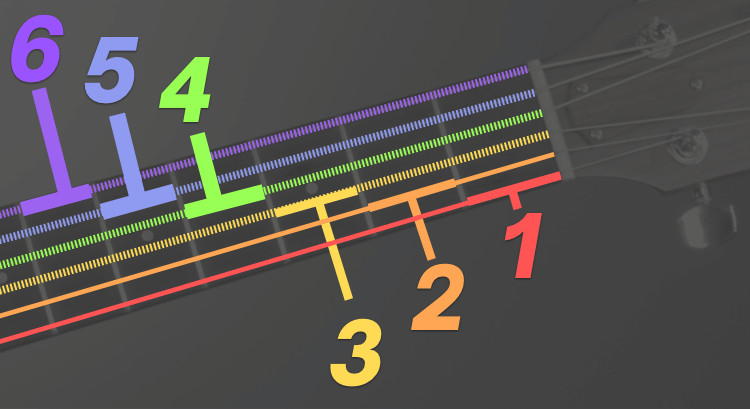 Illustration of string order on a guitar.
Illustration of string order on a guitar.
Also, when we refer to a fret, we mean the space just behind the metal bar, closer to the headstock of the guitar, not directly on top of the fret itself.
Looking at the diagrams, position your index finger on the blue 5th string within the orange finger zone of the 2nd fret. Ready to move on?
Step Two: Adding the Middle Finger to the 6th String
Next, place your middle finger on the 3rd fret of the 6th string.
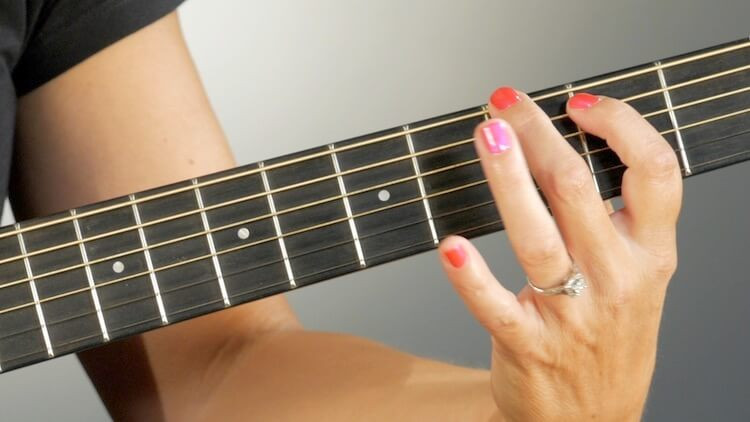 Diagram showing finger placement for the second step of G chord.
Diagram showing finger placement for the second step of G chord.
Step Three: Stretching to the 1st String with Your Ring Finger
Now, place your ring finger on the 3rd fret of the 1st string.
This might feel like a bit of a stretch initially, as you are spanning from the thickest 6th string with your middle finger all the way across to the thinnest 1st string with your ring finger.
Step Four: Strum and Listen
Once your fingers are in place, strum all six strings of the guitar.
Does it sound clear and full? Excellent! If you hear any buzzing sounds, don’t worry, this is common for beginners. Let’s explore some tips to achieve a cleaner sound.
Tips for a Clear G Major Chord Sound
Many beginners encounter some buzzing when first learning the G major chord. This is often due to fingers accidentally muting adjacent strings. Here are a couple of helpful tips to ensure a nice, clean G major chord.
Tip: The Importance of Curved Fingers
The G major chord is often one of the first chords where beginners need to reach across to the thicker 6th string. This can sometimes lead to the fleshy part of your fingers touching and muting other strings. The key is to curve your fingers.
Observe how Anna curves her fingers in this lesson on the G major chord:
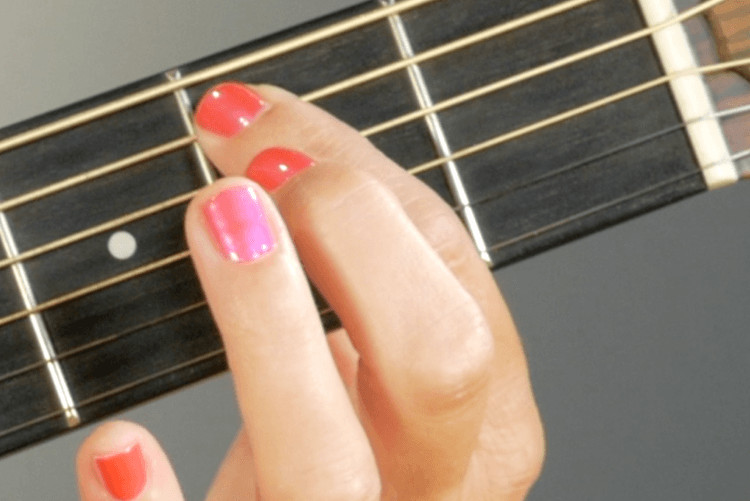 Image showing curved fingers for G major chord.
Image showing curved fingers for G major chord.
Imagine you’re holding a small ball, like an egg, in your palm. With your thumb positioned on the back of the guitar neck, your fingers should curve around the fretboard, allowing just the tips of your fingers to press down on the strings. This curvature prevents the fleshy parts of your fingers from blocking adjacent strings and ensures each string rings out clearly.
Tip: Get Close to the Frets
Still getting a buzz? Try repositioning your fingers to be as close as possible to the fret just ahead of them.
See how close Anna positions her fingers to the fret in this image:
 Image showing curved fingers for G major chord.
Image showing curved fingers for G major chord.
As a general rule, the closer your fingers are to the fret, the less pressure you need to apply to get a clear, buzz-free sound. This reduces strain and makes playing chords easier over time.
Further Practice and Learning
Once you can play the G major chord, the learning doesn’t stop there! Consistent practice is key to making it sound great and transitioning smoothly between chords.
If you’re just starting out, consider exploring structured lessons that can guide you through the G major chord and other essential guitar chords. These lessons often include techniques for smooth chord changes, strumming patterns, and even simple songs to practice with.
For targeted G major chord practice, you can utilize tools like Chord Coach, which provides real-time feedback as you play, guiding you finger-by-finger. This interactive approach can significantly accelerate your learning process.
Expanding Your Chord Vocabulary: Chords Similar to G Major
To further your musical journey, practicing chord progressions is essential. Starting with chords that share similarities with the G major chord is a great approach.
Practicing G Major and C Major
A good starting point is practicing the transition between G major and C major chords.
G Major
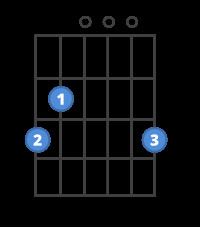 Chord diagram for G major guitar chord.
Chord diagram for G major guitar chord.
C Major
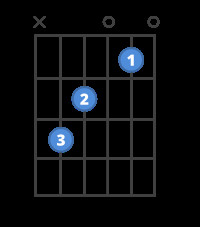 Chord diagram for C major guitar chord.
Chord diagram for C major guitar chord.
Notice that the lowest two notes in both the G major and C major chords have a similar shape, just shifted down one set of strings. This visual and physical similarity can help you learn to switch between these chords more easily.
Mastering G Major, C Major, and D Major
Another common and musically rich chord progression involves G major, C major, and D major.
G Major
 Chord diagram for G major guitar chord.
Chord diagram for G major guitar chord.
C Major
 Chord diagram for C major guitar chord.
Chord diagram for C major guitar chord.
D Major
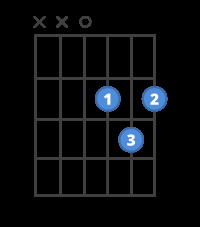 Chord diagram for D major guitar chord.
Chord diagram for D major guitar chord.
These three chords are frequently used together in countless songs across genres. Practicing transitions between G, C, and D major will significantly improve your chord changing skills and open up a wide range of songs you can play.
Make Practice Fun with Guitar Games
To keep your practice sessions engaging and effective, incorporate guitar learning games. Games can make the repetition involved in learning chords more enjoyable and help solidify muscle memory without feeling like a chore.
Try games like EmojiHunt or ChordPOP! where you play chords in response to visual cues. These games often use your device’s microphone to listen as you play and provide interactive feedback, making practice both fun and productive.
Conclusion
Mastering the G major guitar chord is a significant step forward for any beginner guitarist. With its relatively simple finger positioning and bright sound, it’s a rewarding chord to learn early on. By following these steps, practicing consistently, and utilizing helpful tips and resources, you’ll be playing the G major guitar chord confidently and opening up exciting new musical possibilities. Keep practicing and enjoy the journey of learning guitar!
By Anna Freitas (Adapted from original content)

